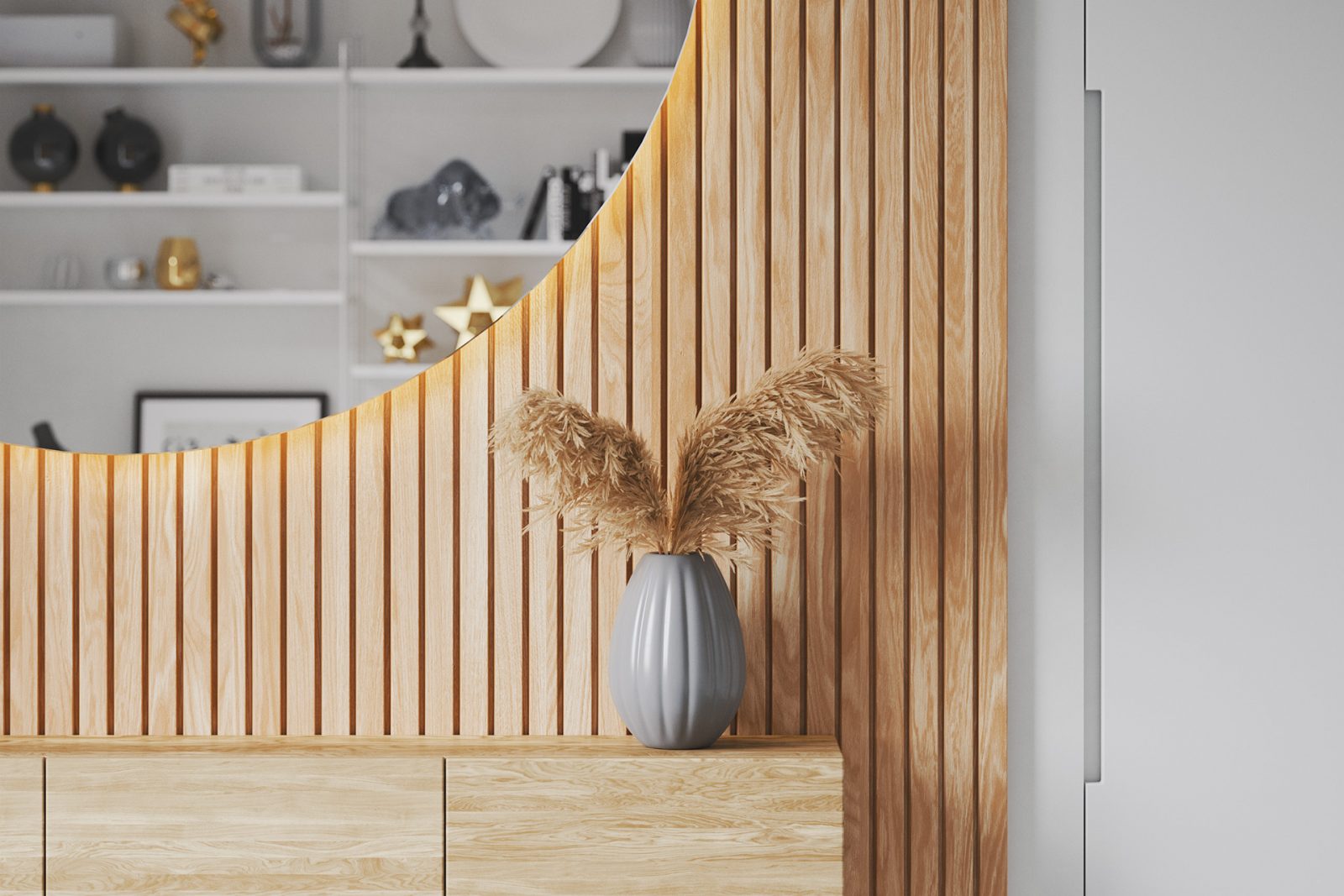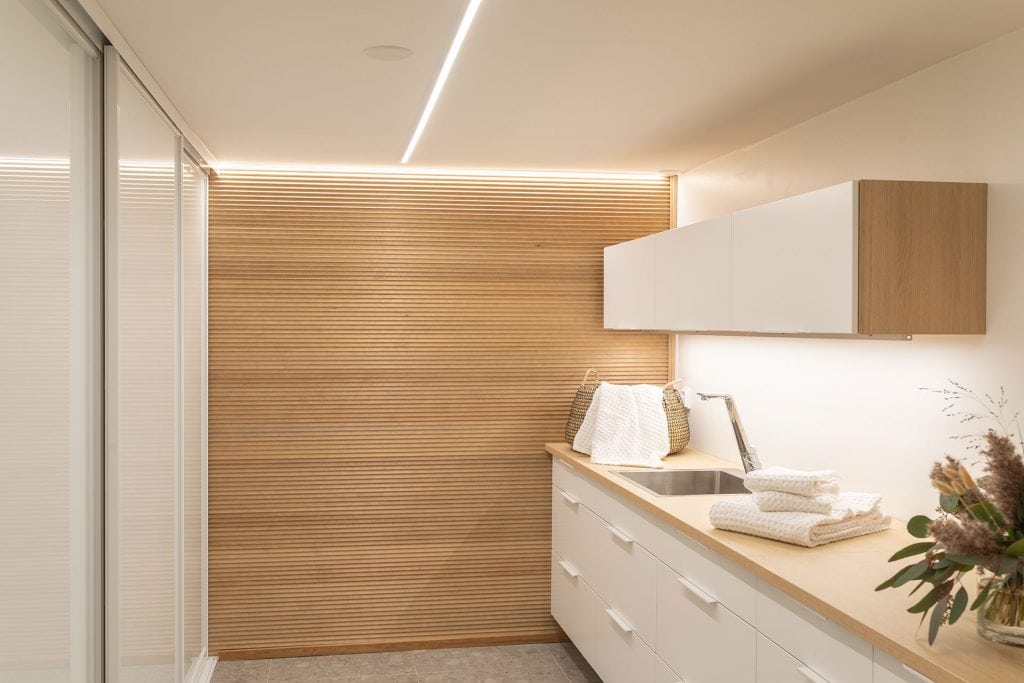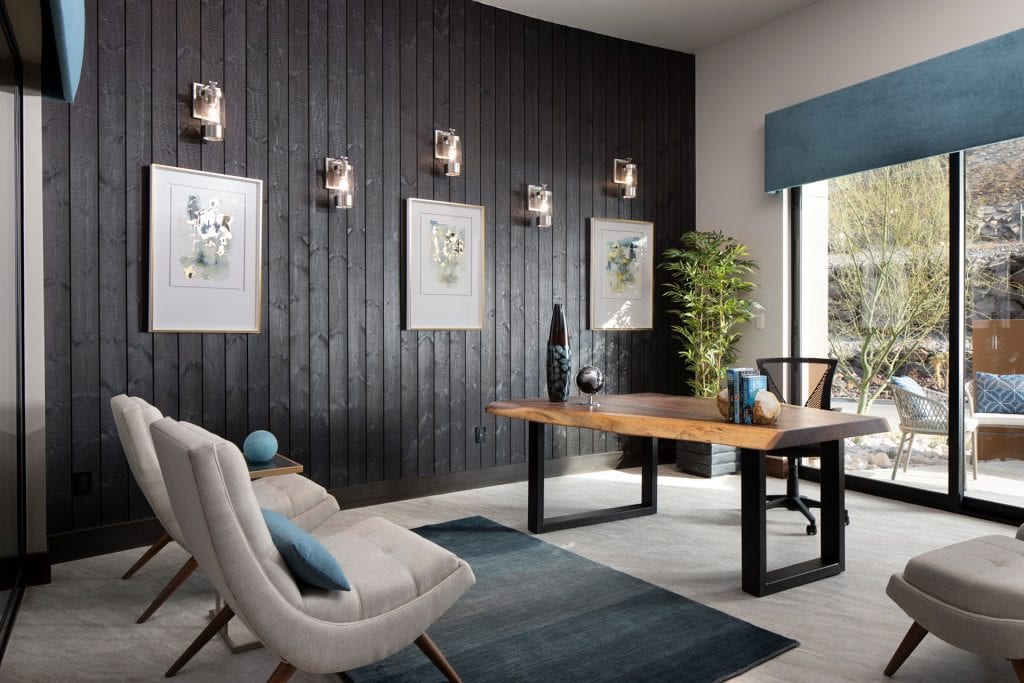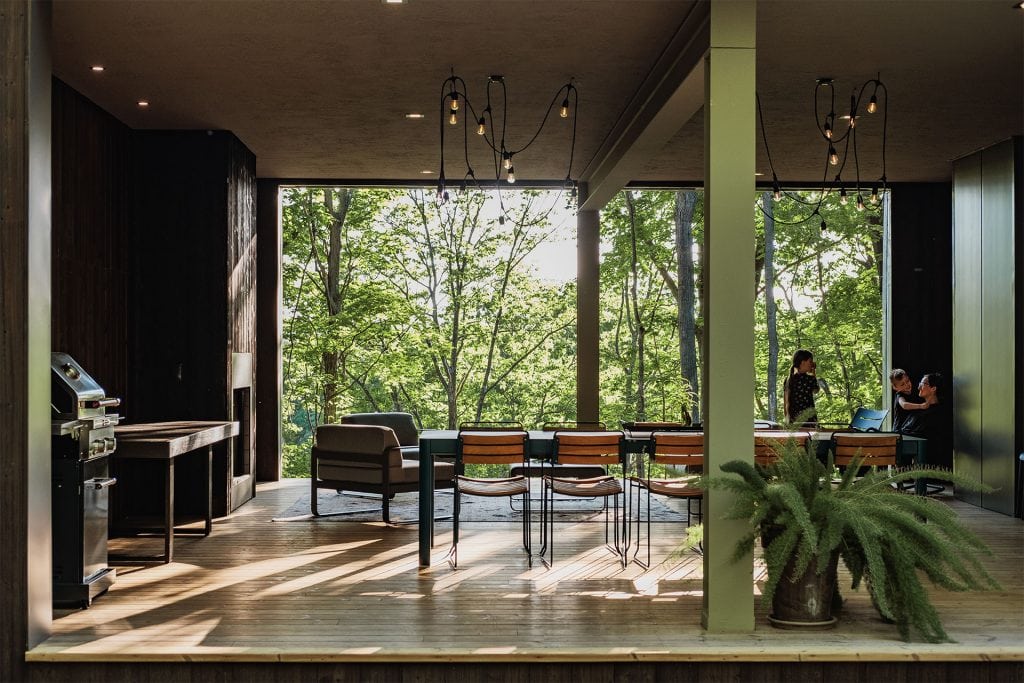Live small, be happy? The next big thing that has emerged is the Tiny Home Movement. However, just because their homes are small and contain less, it doesn’t mean they can’t feel large. Let’s explore ways to make your tiny home feel larger than life!

Booming property prices in developed economies and their cities have squeezed many homebuyers out of the market. Entry-level income earners and professionals who yearn to be close to urban conveniences, more job opportunities, and the vibrant city life, cannot afford bigger houses as their previous generations had.
People still wish to live the city life as this is where the excitement is and are willing to embrace a tiny living choice as one way to maintain the status quo. Others are beginning to embrace a less is more concept, using natural products to connect more with the outdoors.
The Tiny Home movement is a social trend toward tiny houses. Rather than always seeking more living space and larger homes, people choose smaller living spaces and live with less.
Living with less is a new mantra, spurred on by the tiny home philosophy that having more of something causes more lifestyle stresses.
Thus, by living with less, you need less space. With property prices rising for larger homes, this movement is proving popular for those unable to afford larger homes.
As it turns out, there are several other reasons why people choose to live in smaller homes and with less.
It’s not only financial restraints, but a larger home impacts the environment (people wish to reduce their footprint). Plus, there is the desire to have freedom from life’s stresses of maintaining an ample living space and populating a home with items they can live without.
The tiny home movement subsequently provides substantial financial advantages and the ability to live a lifestyle filled with a different journey.
Each month thousands of readers come to the Thermory website to learn how to simplify and learn how to live with less yet still get what they need for their homes.
Thermory’s mission is to offer a path to creating beautiful homes with a smaller environmental footprint and ultimately a self-sufficient life. The tiny home movement enables our customers to live a life on their terms.
It’s why we’ve now catered some of our product lines for this growing movement.
Because the tiny life philosophy varies per person, it looks a little different for everyone.
There are commonalities amongst tiny house owners. But how do you make your tiny home look bigger?
The list we have compiled is not exhaustive. There are hundreds of suggestions; we’ve just written our most popular ones.
Probably the first hack you should do, and the most obvious. Too many items in a home will inevitably make the space feel cramped and stressful.
Take some time to sit down and work out whether you need everything in your home? If not, consider selling the goods or donating to a charity.
Those items that you do need do they need to be out and around your spaces? Can they be safely stored on shelves, tables, behind doors or neatly organised and out of sight?
Not only will this make your home feel more open, but it will also make it feel more orderly!

Whereas dark, warm colours make space feel cosy and intimate, light, cool colours make space feel open and airy. For optimum effect, select soft tones of blue and green.
Choose solid-coloured upholstery for furniture instead of bold plaids, stripes, or prints.
You’ll be surprised to read that dark wood flooring can make your room space feel elongated in contrast to the above. Darker wood floorings also convey a sense of nature and calm, inviting others to feel relaxed. Whether you select a softer colour, or a rich darker one, they both expand the appearance of a room.
Once paired with the right wall colour or cladding, wooden floors can add a tranquil feel to a room, making space appear much bigger than it is.
Shiplap or other vertical panelling is an easy way to emphasise the height of a room and make ceilings look higher than they are. Plus, it still keeps a space clean and uncluttered.
If you don’t have the budget for all four walls, create an accent wall by panelling the facade with the greatest height.

From cladding, cupboards, furniture to saunas, if you want your tiny house to work, it’s imperative that you find the most miniature items there are.
Or better still – get them custom made to fit the dimension of your home.
No matter your favourite colour, if you’re using a monochrome colour scheme, you will make your home space look ‘clean’ and thus more cohesive and less cluttered.
Monochromatic colours are different shades of one colour, so they avoid competing with other colours, stopping the eyes having to wander and decide on which colour is more prominent.
One easy way to make a tiny home look bigger is also the easiest to do. Light wood, white paint, and lots of windows create a small space that looks bigger than it is.
The windows allow the eye to wander outside, giving a sense of realisation of expanded space (from feeling like being outside).
If white is not your thing, then use light grey and neutral woody colours.
Lighter colours are less strain on the eyes (it’s why most websites are white in colour, denoting cleanliness and goodness). Eyes effortlessly wander throughout the space.
If these colours are too bland, then you can accessorise (not over-clutter) with a few choice items of your favourite colour (singular, not plural).
If you don’t have a tiny home with high ceilings, you can create your own different levels. The lower part of the ceiling – over the kitchen, usually – helps visually divide up space into a functional area.
Try storing books or food nearer ceiling areas; this draws the eyes up and feels like the space is bigger. Plus, it keeps clutter from around the lower levels, making your personal space feel bigger.
As mentioned above, creating levels in a home makes viewers feel they have more space.
However, it also creates more storage space – so why not see where else you can be creative with obtaining more storage areas?
Is there space under stairways to be used as drawers or small closets? Under sofas and furniture, do they have space to store more of your belongings?
Rather than taking up your floor space with furniture, mounted lights, fans, air conditioners and TVs, mount them on the walls or in the ceilings to save your floor space.
Another helpful hack is to add hinges to put a small board on the wall to serve as a table when folded down.
In a tiny space, doors must be pulled open towards the outside to make more room space. Thus, avoiding knocking over anything – or anyone – inside.
If you have a tiny area like the bathroom, installing a sliding door may make more sense.
Alternatively, remove doors and walls and add slat room dividers or wooden screens instead of actual walls. You still have some privacy without losing the light.
In a small home, you must utilise every corner. Even the smallest and cramped spaces can become a storage area for books, a shower, or food items. If there is space for storing something, and it does not look cluttered or in the way of a walkway; use it!
Hang a large mirror on a wall or stand an oversized one against it. Mirrors reflect light, so even in the darkest home areas, you’ll get some additional lighting.
Furthermore, this creates a room-enlarging effect but with a little more function and style.
If you’re short on wall space, add a mirror to your side table or buy a chest of drawers with a mirror for a similar effect.
Any space will look larger if it’s well-lit. Either by natural light from windows and doors, reflective light from mirrors or artificial lighting. Remove curtains and heavy draperies, always allowing windows to receive as much light into an area. If a space has no natural light, add more lamps or install recessed lighting.

When furniture blocks light and a view into a room, the entire area feels smaller. By clearing furniture from and around walkway areas, you will free up space, and the home will feel larger.
Having taller furniture that aims towards the ceilings but has smaller base sizes makes a space feel bigger.
Avoid furniture and objects with large surface areas and are shorter; they will make the space feel cluttered and in the way. If you can view more of the floor, any space will look bigger than it is.
Contrasting colours cause more effort to ours to determine what they are. Similarly, they ‘break up’ space as our eyes must focus on them, unlike lighter, neutral or monochromatic colours.
Pieces of furniture that complement the wall colour or are the same will not jar our eyes so much, giving the illusion of a bigger room.
Obviously, not everyone’s taste, but using transparent materials like lucite and glass will add more light and appear further away. For instance, it’s common for bathrooms to have opaque glass to blur out who is in showers and behind screens.
By opting for a clear, frameless shower cubicle, the same room will feel bigger.
Lucite can be an excellent alternative on tabletops that have a sturdy wood, stone or metal base. By using a lucite tabletop, the space around the table opens up.
Minimalist living and the Tiny Home movement has made many of us realise that we do not need more clothes, decor, bedding, furniture, books, electronics and other items that usually occupy a typical-sized home.
Subsequently, an entire industry has sprung up to cater for the tiny home or biophilic design concept, including us here at Thermory. Because smaller homes have more modest dimensions, our team has been able to cater for their size without cluttering their lifestyle.
For example, Thermory sources the best materials for flooring, cladding, and even saunas. They are made to fit snuggly into smaller, more economical homes, providing a sense of luxury despite a minimalist lifestyle.
Ultimately as we now live in a world of homebound lockdowns, we hope we have provided (and inspired you to) some of the best ways to make your home, whether small or large, feel bigger.